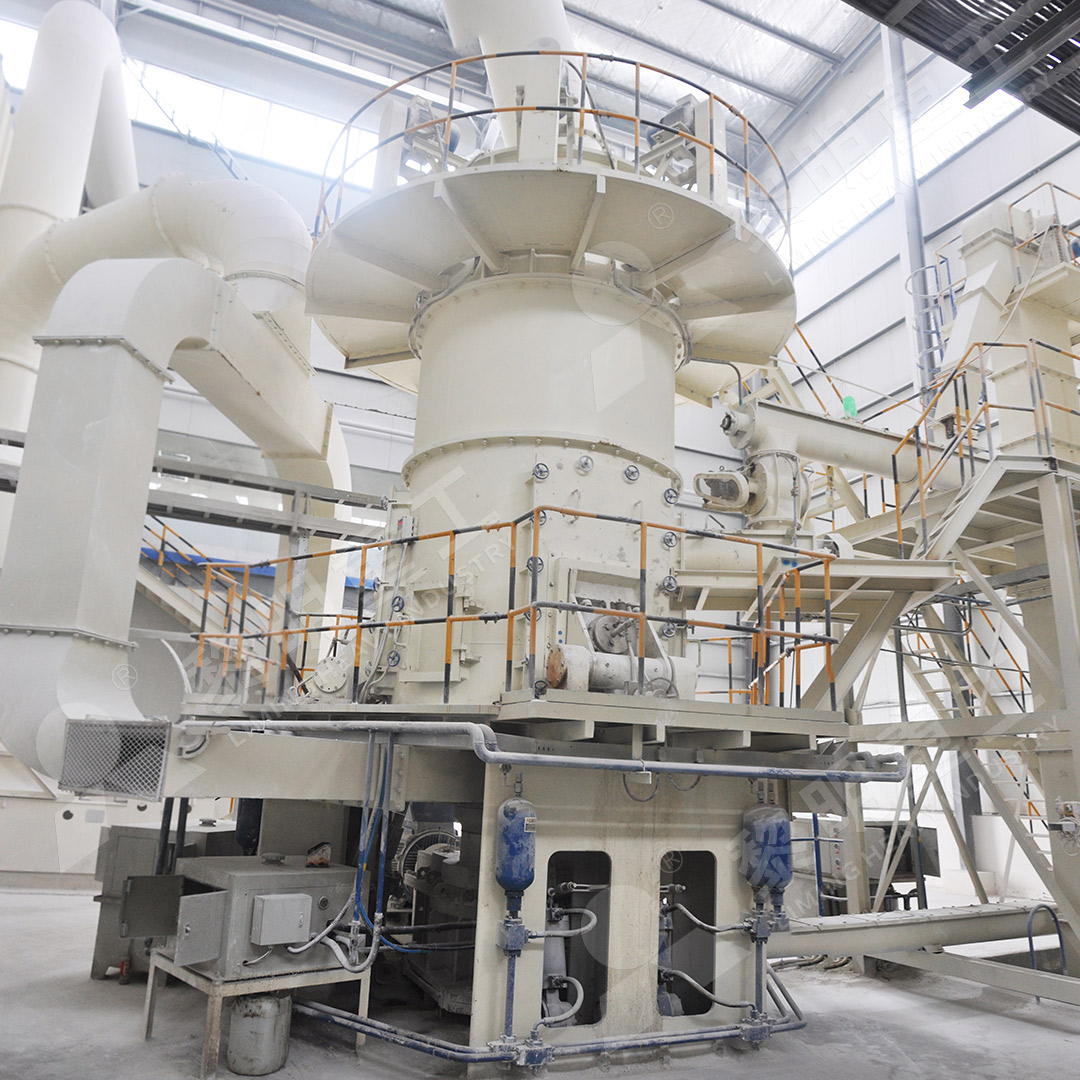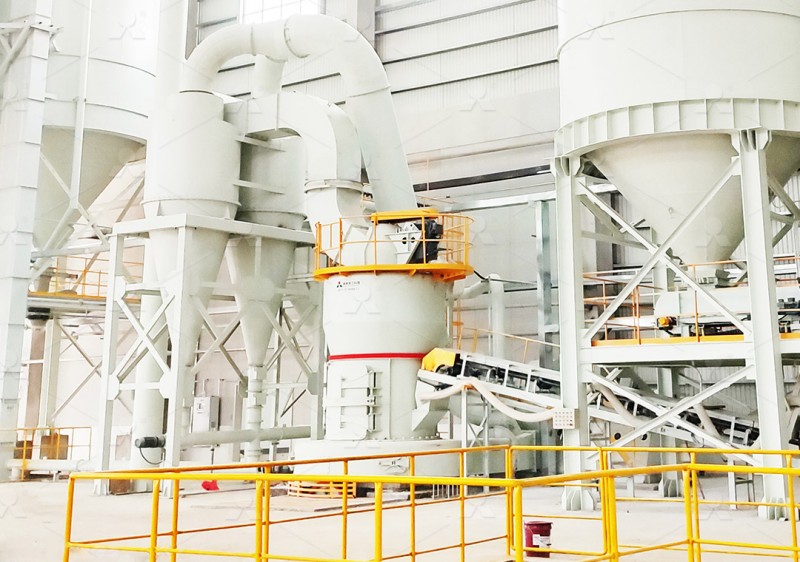400 Mesh 3R Raymond Mill for Fine Powder Grinding
We provide a wide range of mills — including Raymond mill, trapezoidal mill, vertical mill, ultrafine mill, and ball mill, obtained ISO9001 international quality certification, EU CE certification, and Customs Union CU-TR certification. Suitable for processing minerals such as limestone, phosphate, quicklime, kaolin, talc, barite, bentonite, calcium carbonate, dolomite, coal, gypsum, clay, carbon black, slag, cement raw materials, cement clinker, and more.
The discharge range of these mills can be adjusted to meet specific processing needs, typically from 80-400 mesh, 600-3250 mesh, and can achieve the finest particle size of up to 6000 mesh(D50).
If you are looking for a reliable grinding solution to turn stone or minerals into fine powder, please feel free to contact our online customer service.
Unlocking Precision in Fine Powder Production with 400 Mesh 3R Raymond Mill
In the world of industrial powder processing, achieving consistent fine powder at 400 mesh (approximately 38 microns) represents a significant benchmark for many applications. The 3R Raymond Mill has long been the workhorse for this specific grinding requirement, offering reliable performance for medium-scale production needs.

What makes the 400 mesh specification particularly challenging is the balance between particle size consistency and production efficiency. Traditional grinding equipment often struggles with heat generation and inconsistent particle distribution at this fineness level. The 3R Raymond Mill addresses these concerns through its sophisticated grinding ring and roller design, which creates a uniform grinding zone that minimizes temperature rise while maximizing particle uniformity.
Technical Advantages for 400 Mesh Applications
The 3R configuration—referring to three grinding rollers—provides optimal surface contact area for materials requiring fine grinding. When processing materials to 400 mesh, the mill’s centrifugal force control becomes critical. The precisely balanced grinding rollers exert consistent pressure against the grinding ring, creating the mechanical force necessary to reduce particles to the target size while maintaining stable operation.
One of the standout features for 400 mesh production is the integrated classifier system. Unlike simpler grinding systems where particle size is primarily controlled by airflow, the Raymond Mill’s mechanical classifier offers precise control over the final product specification. This ensures that the majority of output falls within the narrow particle distribution required for quality-sensitive applications.
When to Consider Advanced Alternatives
While the 3R Raymond Mill excels at 400 mesh production, operations requiring even finer powders or higher production volumes should consider more advanced solutions. For applications demanding powders between 325-2500 meshes, our MW Ultrafine Grinding Mill represents a significant technological leap forward.

The MW Series incorporates German cage-type powder selector technology that achieves remarkable precision in particle separation. With the ability to produce powder as fine as 2500 mesh (5μm) and capacities ranging from 0.5 to 25 tons per hour, this system outperforms traditional Raymond Mills in both fineness capability and energy efficiency. The unique design without rolling bearings or screws in the grinding chamber eliminates common failure points, ensuring continuous operation with minimal maintenance interruptions.
Material Considerations and Application Fit
The 3R Raymond Mill demonstrates particular strength with medium-hardness materials including limestone, calcite, dolomite, barite, and talc. These materials, common in construction, chemical, and industrial applications, benefit from the mill’s combination of impact and grinding forces. For operations processing these materials at 400 mesh with production requirements under 5 tph, the 3R Raymond Mill remains an excellent choice.
For operations seeking higher automation, better environmental performance, or broader fineness adjustment capabilities, our LUM Ultrafine Vertical Grinding Mill offers compelling advantages. Integrating the latest grinding roller technology from Taiwan and German powder separating technology, the LUM series provides exceptional control over product characteristics with energy consumption 30-50% lower than conventional mills.

Operational Efficiency and Maintenance
The 3R Raymond Mill’s straightforward mechanical design translates to easier maintenance and quicker component replacement compared to more complex grinding systems. The grinding rollers and rings, while subject to wear, can typically be serviced without specialized tools or extensive downtime. For operations with limited technical staff or remote locations, this simplicity represents a significant operational advantage.
However, operations prioritizing continuous 24/7 production with minimal maintenance interventions may find the advanced features of our MW and LUM series more aligned with their operational philosophy. These systems incorporate external lubrication systems and reversible maintenance structures that dramatically reduce service requirements and downtime.
Frequently Asked Questions
What is the typical energy consumption of a 3R Raymond Mill operating at 400 mesh?
Energy consumption varies by material hardness and moisture content, but typically ranges between 25-40 kW per ton of output for most mineral applications at 400 mesh fineness.
Can the 3R Raymond Mill handle moist materials?
While the standard configuration works best with materials below 6% moisture, integrated drying systems can be added for materials with higher moisture content up to 15%.
How does the MW Ultrafine Grinding Mill compare for 400 mesh production?
The MW series typically achieves 30-40% higher energy efficiency at the same fineness level while offering the flexibility to produce much finer powders when needed. Its advanced powder selection system provides superior particle size distribution control.
What maintenance intervals can we expect with the 3R Raymond Mill?
Grinding components typically require inspection every 500-800 operating hours, with replacement needed every 1,500-2,000 hours depending on material abrasiveness. Regular lubrication should follow the manufacturer’s recommended schedule.
Is the 3R Raymond Mill suitable for food-grade applications?
With proper material contact surface finishes and dedicated cleaning protocols, the mill can be adapted for food-grade production, though specifically designed food-grade mills may be more appropriate for stringent hygiene requirements.
